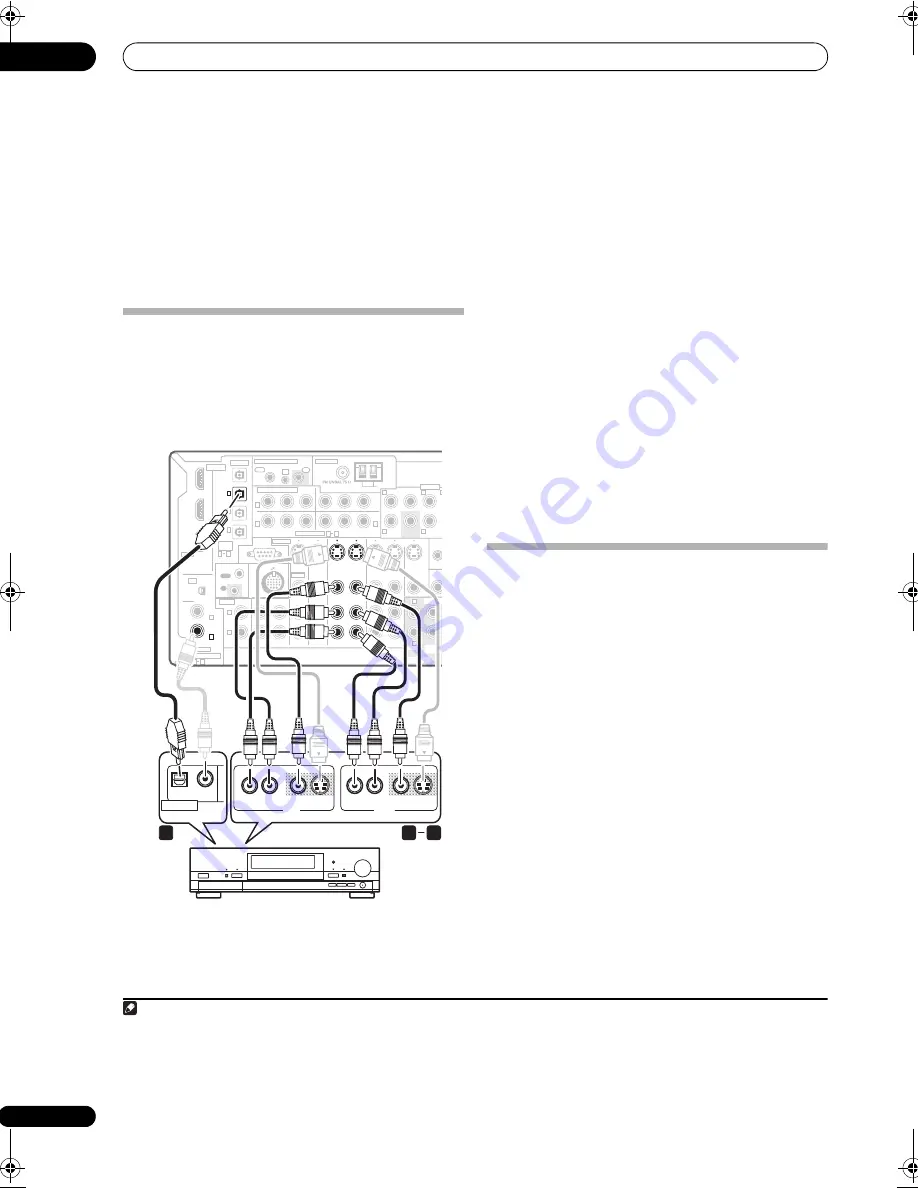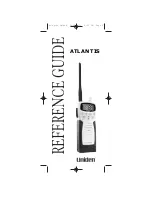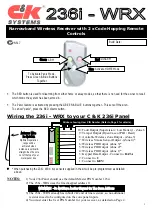
Connecting your equipment
03
14
En
1
Connect the audio/video outputs on the set-top
box to the TV/SAT AUDIO and VIDEO inputs.
Connect using a stereo RCA/phono jack cable and a
video or S-video cable.
2
Connect an optical-type
1
digital audio output from
your set-top box to the OPTICAL 2 (TV/SAT) input.
2
Use an optical cable for the connection.
Connecting a DVD/HDD recorder, VCR
and other video sources
This receiver has two sets of audio/video inputs and
outputs suitable for connecting analog or digital video
devices, including DVD/HDD recorders and VCRs.
1
Connect the audio/video outputs of the video
player/recorder to the DVR/VCR1 AUDIO and VIDEO
inputs.
Use a stereo RCA/phono jack audio cable for the audio
connection and a video or S-video cable for the video
connection.
• For a second recorder, use the
DVR/VCR2 IN
inputs.
2
If the device can record, connect the DVR/VCR1
AUDIO and VIDEO outputs to the recorder’s audio/
video inputs.
Use a stereo RCA/phono jack audio cable for the audio
connection and a video or S-video cable for the video
connection.
• For a second recorder, use the
DVR/VCR2
outputs.
3
If the device can output digital audio, connect an
optical-type
3
digital audio output from the recorder to
the OPTICAL 1 (DVR/VCR1) input.
Use an optical cable for the connection.
4
• For a second recorder, use the
COAXIAL 2
(
DVR/
VCR2
)
inputs.
Using the component video jacks
Component video should give superior picture quality
when compared to composite or S-video. You can also
take advantage of progressive scan video (if your source
and TV are both compatible), which delivers a very stable,
flicker-free picture. See the manuals that came with your
TV and source component to check whether they are
compatible with progressive-scan video.
Note
1 If your set-top box only has a coaxial digital output, you can connect it to one of the coaxial inputs on this receiver using a coaxial digital audio cable.
When you set up the receiver you’ll need to tell the receiver which input you connected the set-top box to (see
The Input Setup menu
on page 60).
2 If your satellite/cable receiver doesn’t have a digital audio output, you can skip this step.
CD
IN
IN
IN
IN
IN
IN
OUT
OUT
OUT
IN
IN
IN
IN
MONITOR
OUT
MONIT
OUT
12V
TRIGGE
(DC OUT
50mA M
OUT
OUT
CD-R/TAPE/MD
DVD/LD
DVR/VCR1
DVR/VCR2
TV/SAT
AUDIO
ANTENNA
AM LOOP
Y
P
B
P
R
Y
P
B
P
R
Y
P
B
P
R
Y
P
B
P
R
DIGITAL
ASSIGNABLE
OPTICAL
COAXIAL
PRE OUT
COMPONENT VIDEO
OUT
MULTI-ZONE & SOURCE ZONE 2
HDMI
XM
ASSIG-
NABLE
OUT
(TV/SAT)
(CD)
(DVR/
VCR1)
IN
IN 1
IN 2
OUT
IN
1
IN
1
IN
2
IN
3
(DVD/LD)
IN 1
(DVR/VCR2)
IN 2
IN 2
IN 3
3
1
R
L
R
R
R
L
L
L
L
2
1
ASSIGNABLE
3
1
CENTER
CENTER
MULTI CH IN
FRONT
FRONT
SUR-
ROUND
S
SUB
WOOFER
SUB
WOOFER
OUT
IR
IN
CONTROL
iPod
IN
VIDEO
S-VIDEO
OUT
IN
RS-232C
VSX-91TXH
iPod
IN
VIDEO
AV IN
VIDEO
AUDIO L
R
AV OUT
S-VIDEO
AUDIO
VIDEO
S-VIDEO
OPTICAL
COAXIAL
DIGITAL OUT
DVR, VCR, etc.
L
R
1
2
3
3 • In order to record, you must connect the analog audio cables (the digital connection is for playback only).
• If your video component doesn’t have a digital audio output, you can skip this step.
4 If your recorder only has a coaxial digital output, you can connect it to one of the coaxial inputs on this receiver using a coaxial digital audio cable. When
you set up the receiver you’ll need to tell the receiver which input you connected the recorder to (see also
The Input Setup menu
on page 60).
VSX-91TXH_KU.book Page 14 Friday, March 16, 2007 5:31 PM















































